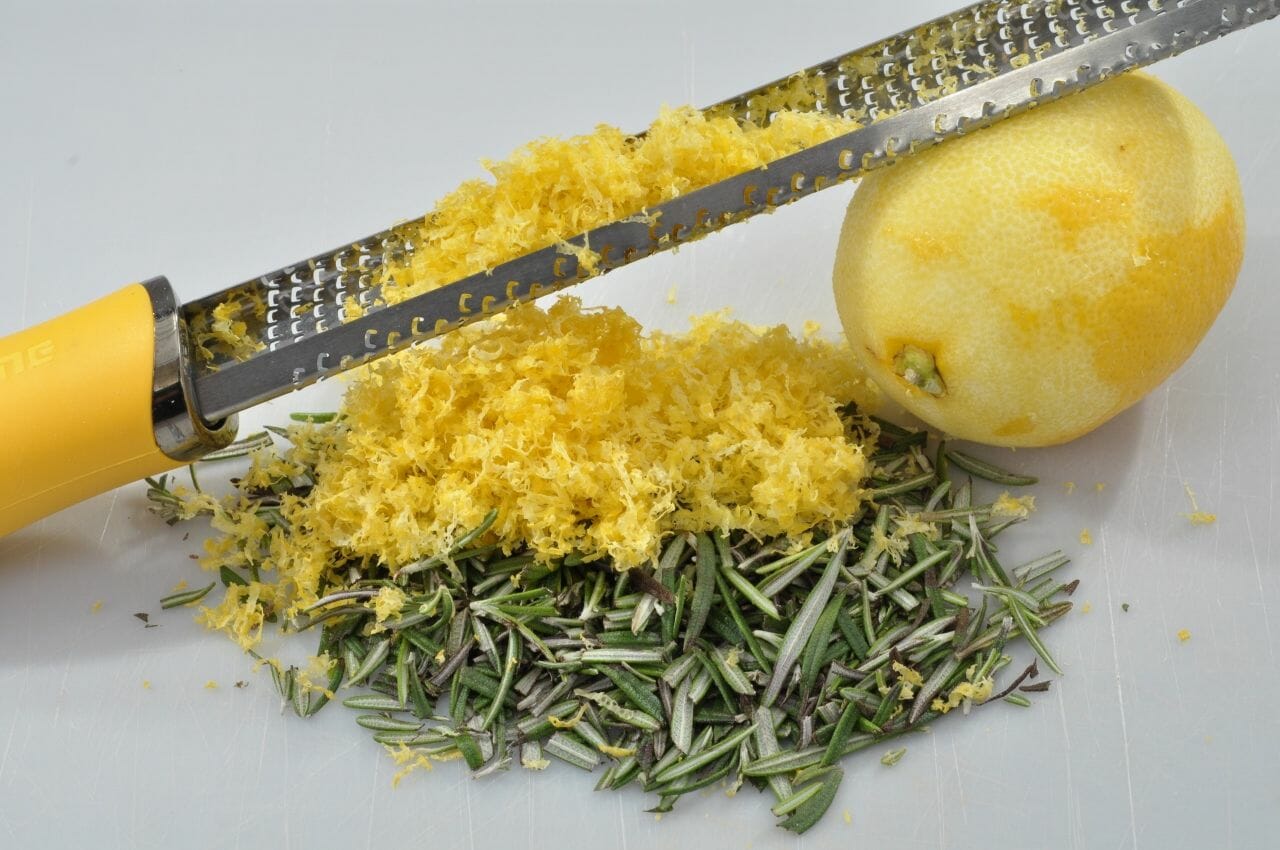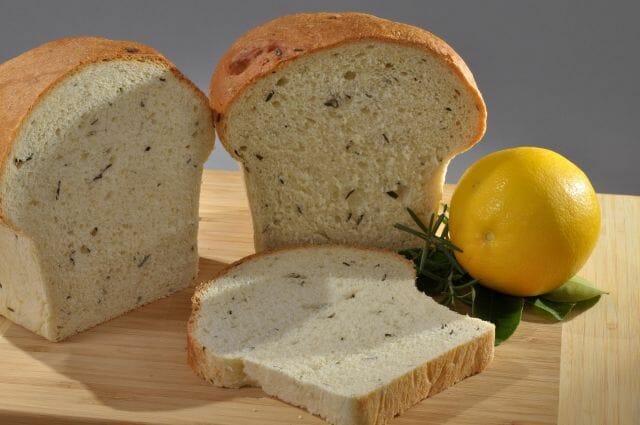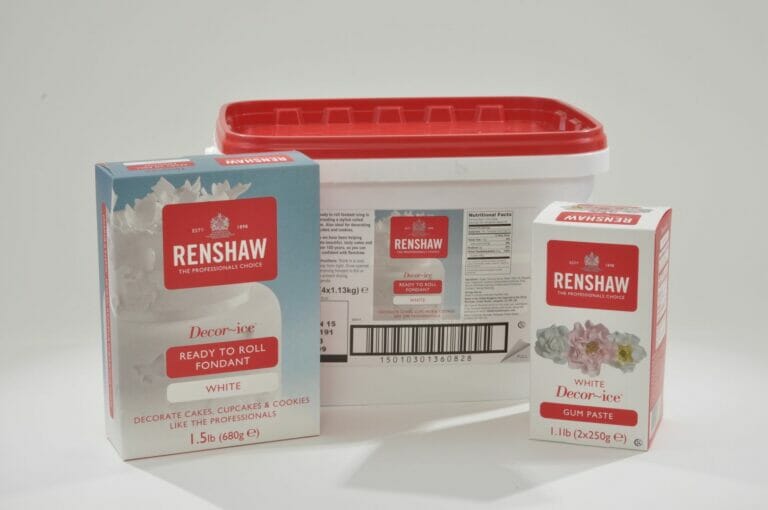Flavors of the World: Citrus

Sensational Citrus
Welcome to our third installment of Flavors of the World! I am very excited to share Chef Nicholas’ article today because it’s all about citrus flavor, and this girl LOVES citrus flavors! Spoiler Alert! I share a favorite ISAC recipe in this blog! Without further ado, I will let Chef Nicholas tell you all the best uses for citrus flavoring!
Citrus flavorings for pastries and cakes can come from several sources: zest and juice from the fruit, oil based natural or imitation flavors, extracts, and compounds. I adore citrus in all its forms. When it comes to sorbets and gelato, citrus is always my preference. My two favorite citrus fruits to use are Meyer lemons and yuzu.
I grow my own Meyer lemons in Atlanta, and they are less acidic than other varieties of lemons which makes them much more suitable for making lemon curds to be used as cake fillings. Meyer lemons also work very well in cookies, shortbread, lemon bars, and many other lemon-flavored baked goods. Scott bakes and serves a Meyer lemon and rosemary bread at our school in Atlanta; it is very popular with our students! Click the link below for a downloadable PDF recipe of Scott’s Meyer Lemon Rosemary Bread!

Yuzu is very popular in Asia, especially Japan. This amazing fruit has a tart flavor that is between a grapefruit and mandarin orange. Its unique aromatic flavor is perfect for curds, marmalades, fillings, baked goods, and delicious squeezed over seafood such as lobster or langoustines.
There are so many types of citrus to use in the culinary world. Limes are very popular, and come in several flavors. Persian and kaffir limes may be less familiar to Americans than the small Key lime- a necessity for the American classic Key lime pie! Oranges are probably the citrus least used in cake and pastry, but I love making marmalades out of blood oranges and green cardamom. The kumquat is wonderful candied and used as a garnish on dessert. Calamondin is a cross between a sour mandarin orange and kumquat. The fruit itself is sour and the peel is very sweet, and can be used as a unique sweet and sour flavor. With other citrus fruits, such as grapefruit, Ugli fruit, and bergamot (used in earl grey tea), only the zest is used as flavorings.
Many recipes for classic citrus desserts like curds, lemon bars, lemon meringue pie, lemon ice box cake, or key lime pie use the natural juice of the citrus fruit and occasionally the zest. Citrus zest is the outside skin of the fruit, and can be carefully removed with a microplane grater. Care must be taken not to remove the white pith under the skin; the pith is very bitter. The juice can be extracted using a citrus reamer, press, or juicer. Natural juices can be purchased. This is helpful when making things like key lime pie; it’s not always easy to find the small key lime, so pasteurized, fresh juices would be an acceptable alternative when the fresh fruit is not available or out of season.
Citrus can be added to cookies, cakes, and buttercream in the form of lemon, orange, or lime oil. In specialty cake decorating stores, like ours in Atlanta, culinary stores, and online stores you can find natural citrus oils. Lorran Oil is one popular brand that manufactures dozens of oils that are mainly used for candy making but are also suitable for rolled fondant and gumpaste. If you wanted lemon flavored rolled fondant, a few drops will flavor the batch without making it sticky! Small droppers can used to add the oil with ease. A delicious combination to try: add orange oil to chocolate rolled fondant, yummy! If you prefer not to use alcohol in your recipes, these oils can be used in baking as an alternative to lemon extract which contains alcohol. I prefer to use these natural citrus oils to mix with metallics to paint decorations; the metallics go on very smoothly! There are also artificially flavored oils available that are also suitable for painting where flavor doesn’t matter, but for flavoring cake, pastries, or other desserts I only use the natural flavored oil.
Pure lemon and orange extract is used by a lot of bakers and pastry chefs to impart citrus flavor to their desserts. Nielsen-Massey brand is, of course, the best available. Buying a generic grocery store brand is not a wise investment; less expensive brands use low grade alcohol and artificial lemon oil. Nielsen-Massey’s product is a natural lemon or orange oil combined with an alcohol base; the alcohol will evaporate during baking and leave a wonderful citrus flavor. When I flavor rolled fondant I use natural lemon or orange oil. The fondant is less sticky than if I had used a lemon or orange extract. Many cake artists use lemon extract for painting with metallics, I personally do not use this method. I find that it goes on streaky, and prefer the smooth application of the straight citrus oil.
Lemon, orange, lime, and yuzu compounds can be purchased as well, just be sure to use the manufacturer guidelines on how much to add to your recipes! Compounds are a thick syrup-type product. I mostly use Amoretti and AUI Fine Foods brands of compounds. They are excellent to use in buttercream, ice cream, mousses, and cake batter. Many of the more unusual citrus flavors (such as yuzu, blood orange, bergamot, Meyer lemon, and tangelo) are available in compounds from Amoretti and AUI Find Foods seasonally.
A note on compunds:
When using compounds, you do not just guess how much to add. You must add compounds at a specific percentage based on the weight of the finished product. For example, if you wanted to make 10 pounds of buttercream, you would add .3 or .5 pounds of flavoring to 9.7 or 9.5 pounds of buttercream (respectively). Many, if not all, manufacturers (including Amoretti and Albert Uster) will provide percentages for their compounds and flavors.
Failure to follow the appropriate scale of ingredients when using compounds can lead to disastrous results! I have eaten cupcakes and cakes where it was clear the compound was not measured appropriately. These desserts have a very chemical and artificial taste that you cannot get out of your mouth and throat- a very unpleasant experience! I recommend investing in a good digital scale, I use the Escali brand scale, to use when measuring out compounds- it makes life much easier!
I hope you enjoyed reading about all the kinds of citrus flavors enjoyed by Chef Nicholas! I hope this week’s blog has inspired all of you to try out new and unusual types of citrus flavors in your own culinary adventures! I have to admit, my mouth has been watering just talking about these yummy citrus fruits. Oh, and if inquiring minds want to know, I’m partial to lime myself! In fact, I think I might go whip up a batch of my favorite lime cake bars right now! Tell me, what is your favorite citrus flavor to use in cooking, whether savory or sweet?
Sweet Wishes,
Chef Nicholas and Stephanie
Don’t just follow our blog! Follow Chef Lodge on Facebook, Instagram, Pinterest, Twitter, Flickr, and Tumblr!

Winner of the 2015 Craftsy Blogger Award for Best Craftsy Cake Decorating Instructor Blog






